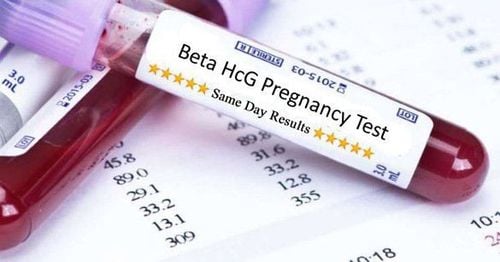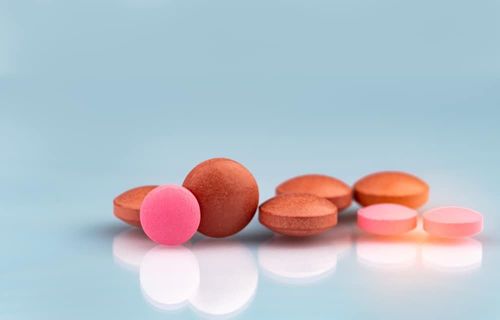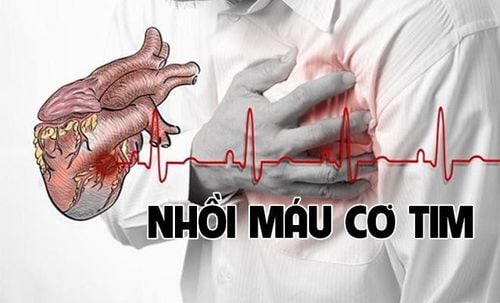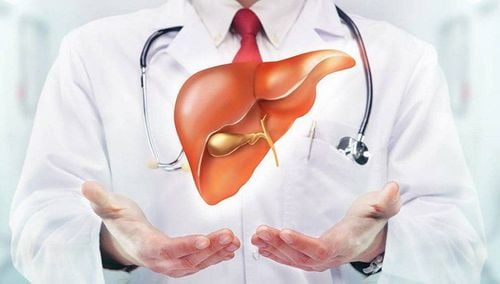This is an automatically translated article.
Based on the quantification of Myoglobin levels in the blood, doctors can diagnose myocardial infarction early in patients. If skeletal muscle is damaged, the Myoglobin test procedure can be performed with a urine specimen.
1. What is myoglobin?
Myoglobin functions as a storage unit, providing oxygen for working muscles. In addition, the molecular and chemical structure of myoglobin has the potential to help prevent the association with carbon monoxide in the event of CO poisoning, to help the heart muscle work longer.
Myoglobin is found in the heart and skeletal muscle, so when a person has a heart attack or severe muscle damage, it is released into the bloodstream, and then excreted by the kidneys in the urine. If the level of myoglobin is too high, it can lead to kidney failure.
Common possible causes of hypermyoglobinemia include:
Malignant hyperthermia; Muscular dystrophy ; Heart attack status; Deficiency of muscle enzymes; Muscle damage, muscle loss; CKD; Convulsions, severe burns, shock,... Multiple trauma; Shockwave ; Surgery; Circulatory shock; Toxic drugs; Excessive exercise; Have some infections. Based on the quantification of the level of Myoglobin in the blood, the doctor can diagnose an early myocardial infarction (before 2 - 3 hours). In case the patient's skeletal muscle is damaged, the Myoglobin test procedure can be performed with a urine specimen.
2. What is the Myoglobin test?
The myoglobin test is ordered to help diagnose problems caused by muscle damage. The specimen for testing can be blood or urine. On the other hand, the Myoglobin test is also indicated for the diagnosis of early myocardial infarction (between 3 and 4 hours after the onset of chest pain) or recurrent myocardial infarction.
There are two main principles in the Myoglobin test: using microparticles to measure immuno-enhanced turbidity and electro-immunoluminescence.
Factors such as age, sex, medical history, method used can affect myoglobin test results. Therefore, using only one test result of myoglobin will not be enough evidence to diagnose myocardial infarction in patients.
The reference results of the Myoglobin test are as follows:
The normal Myoglobin concentration is < 85 ng/mL or < 85 μg/ L; Myoglobin concentration > 100 μg/L indicates myocardial infarction; Factors that can affect the results of the Myoglobin test include:
Broken red blood cells during the use of electrochemiluminescence to perform the test may cause erroneous results. Patients who are or have ever had radioisotope use (eg, scintigraphy). Myoglobin blood levels may also be increased in people who frequently inject intramuscularly; Certain medications, such as statins, theophyllines, may increase myoglobin levels.
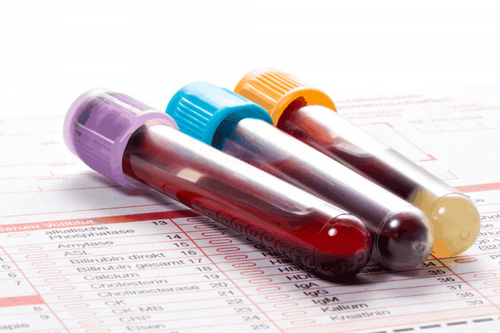
Xét nghiệm myoglobin được thực hiện để chẩn đoán các vấn đề gây ra bởi tổn thương cơ
3. Myoglobin test procedure
For blood samples, the Myoglobin test procedure includes the following steps:
The medical staff will wrap an elastic band around the patient's upper arm and clean the needle site with alcohol. Place the needle in the vein and draw blood. Remove the bandage from the arm once enough blood has been collected. For urine samples, the procedure for testing Myoglobin includes the following steps:
Wash hands before collecting urine; Carefully remove the urine cup; Clean the area around the genitals; Collect approximately 60 mL (2 fl oz) of "midstream" urine. If you collect your urine sample at home and can't get it to the lab right away, refrigerate the specimen so it doesn't distort the results.
4. Tests associated with the Myoglobin test
The results of the Myoglobin test alone are not sufficient to accurately diagnose a condition. Therefore, medical staff often give patients a combination of Myoglobin test with other tests, including:
Electrocardiogram to diagnose myocardial infarction; Do the same number of other blood tests; Do the same imaging tests to diagnose damage to the heart.
5. When to test myoglobin?
If your doctor suspects you have damage to your heart muscle, your doctor may order a myoglobin test every 2 or 3 hours when chest pain or other symptoms of a heart attack appear. In addition, in cases of severe muscle damage, the doctor may also order this test. Common symptoms of muscle injury or damage include fever, muscle aches, fatigue, abdominal pain, dark urine, nausea and vomiting,...
If the results show myoglobin levels in the blood. If your muscles grow too high, your doctor may give you fluids.
In summary, the myoglobin assay has an important role in eliminating the risk of myocardial infarction early after the onset of angina symptoms. If you want to get accurate results, you need to go to a reputable medical facility with modern equipment to conduct the Myoglobin test. Currently, the Laboratory - Vinmec International General Hospital is one of the leading prestigious addresses in the country, trusted by many patients. Thanks to the use of modern machines and equipment to check and analyze patient samples, it has provided accurate information and indicators, helping doctors to assess the general health status of patients. testing, early detection of disease and timely treatment plan. In particular, with a space designed according to 5-star hotel standards, Vinmec guarantees to bring patients the most comfort, friendliness and peace of mind when visiting and receiving treatment at the hospital.
Please dial HOTLINE for more information or register for an appointment HERE. Download MyVinmec app to make appointments faster and to manage your bookings easily.





